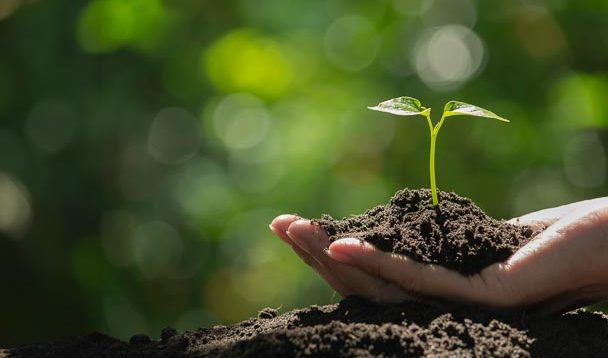
Growing healthy soil
Achieving healthy, nutritious food relies a lot on where you grow it, not just how you care for each plant. Strip it back to the base and look at the health of your soil.
Understanding your soil takes time. It is important to consider your location, how you nourish it, and its moisture levels. For well-grown and delicious crops next season, now is the time to start tracking and planning ahead.
Expert gardeners encourage looking into which plants did well and which didn’t, and the factors that played into this, such as disease, PH levels, and soil acidity. Experts say creating a garden map is a helpful tool. Think of it like a game plan for your garden, considering all the outside influences on each spot, such as shading and sunlight, microbes, and manure compost levels.
Just like a person’s health, soil is as healthy as what it consumes. So, think of ways to add and retain nutrients, and maintain a good soil balance without the need for chemicals.
Compost
Create healthier soil and reduce your carbon footprint by composting. Add household food and garden scraps, incorporating green and brown materials, disposing of waste like grass clippings and general green kitchen and garden waste. This recycles valuable nutrients back into your soil, contributing to healthier plants.
Avoid chemicals
An easy way to fast-forward to healthy soil and healthier food is to cut out the middlemen: chemicals. If you can, minimise chemicals that might leave residues in the ground. This will help to create a welcoming environment for bugs, and benefit your garden’s ecosystem over time too.
Add mulch
Mulch is the material used to cover the surface of your garden. It inhibits weed growth, retains moisture and nutrients, and helps maintain soil structure and an even temperature. Organic mulch is best, and options include straw, lucerne hay, lawn clippings, and wood chips.



